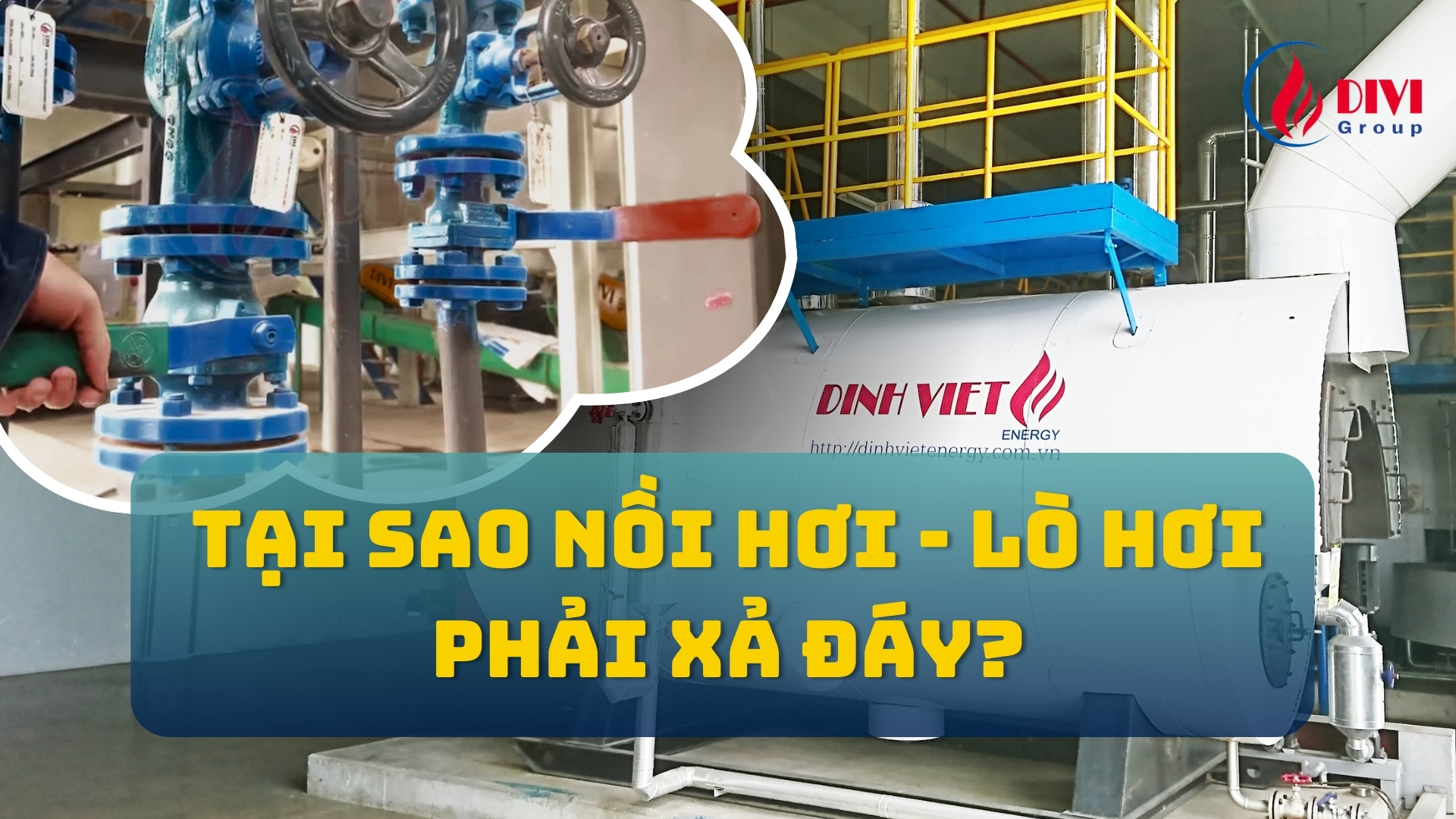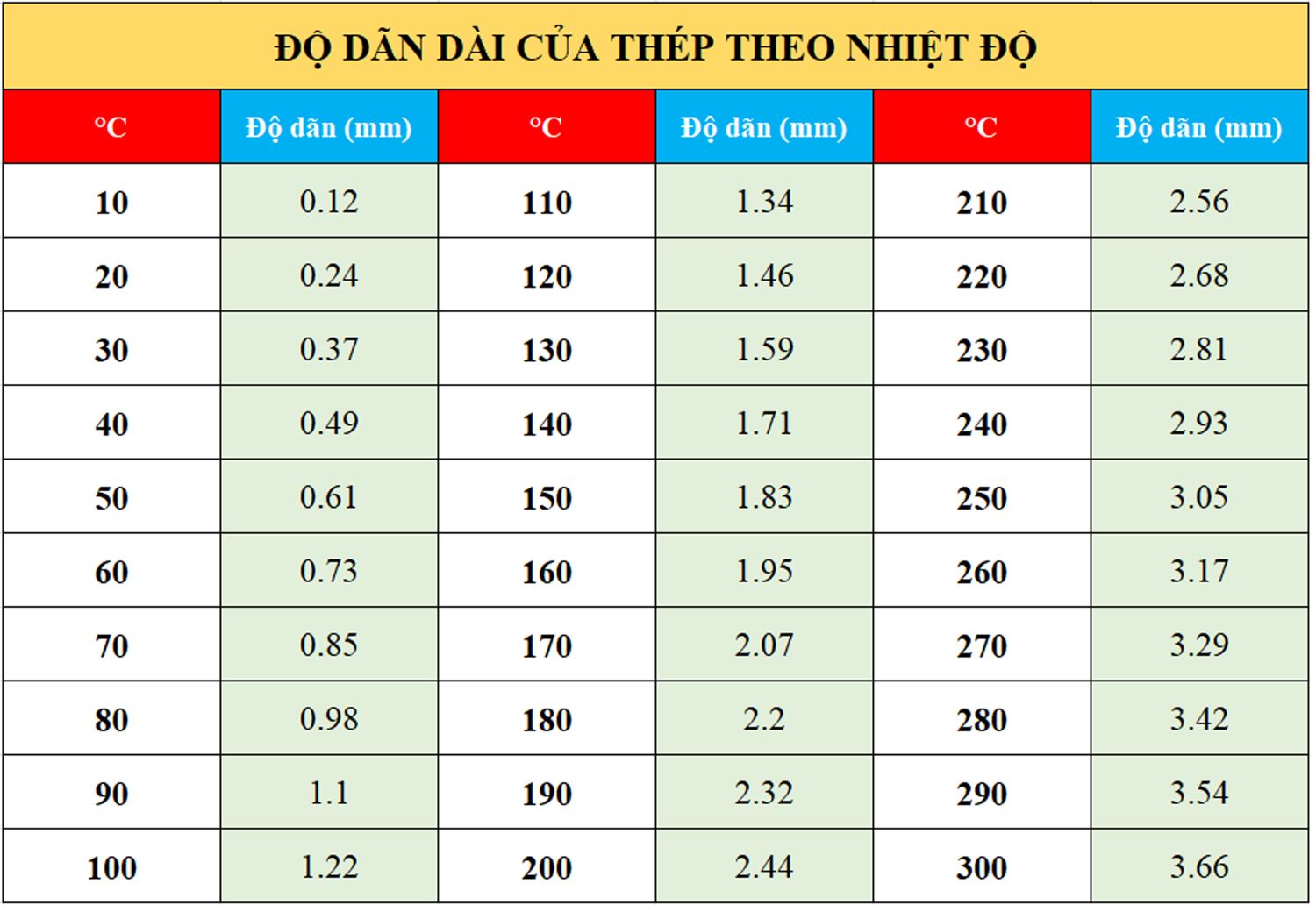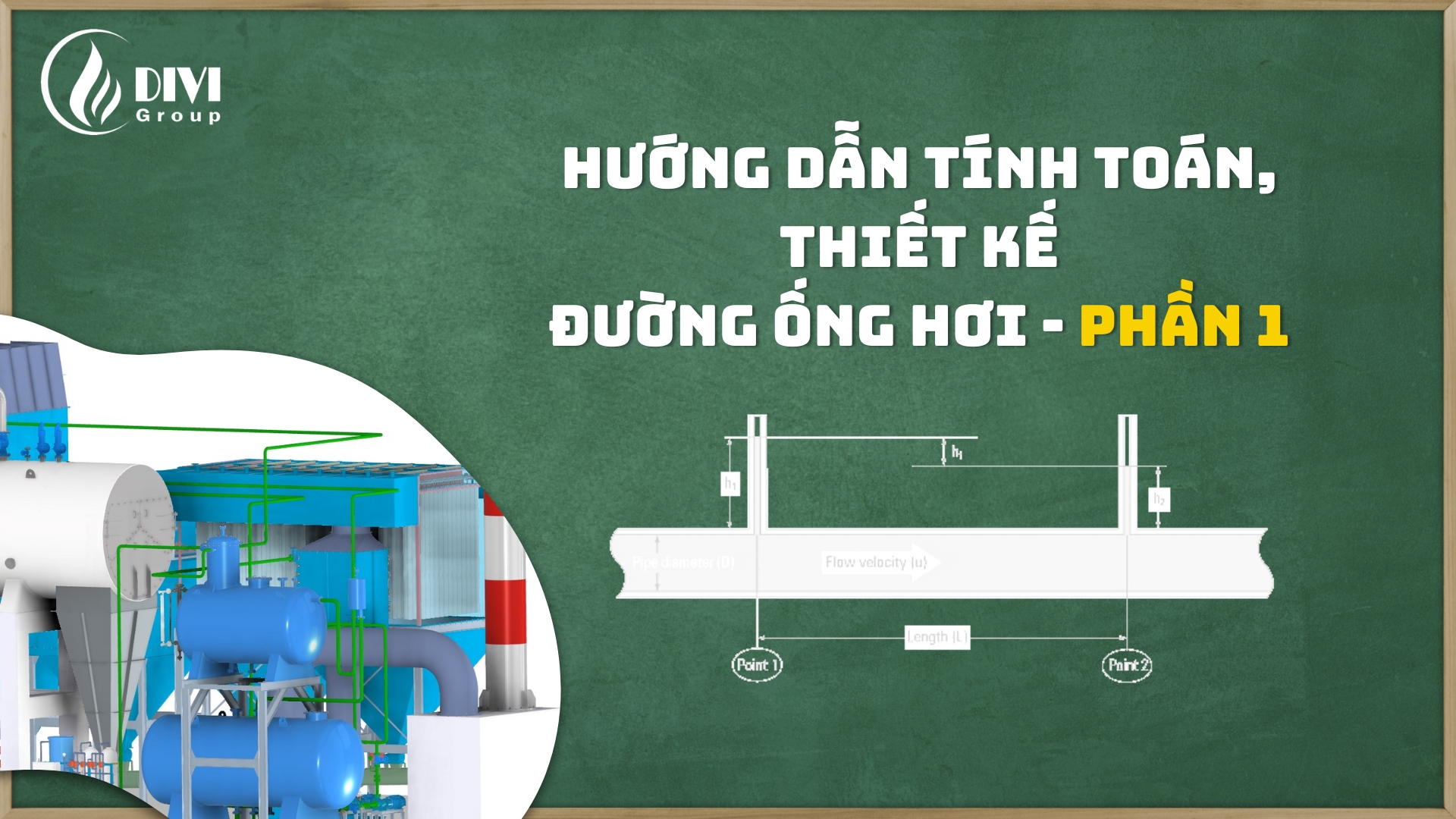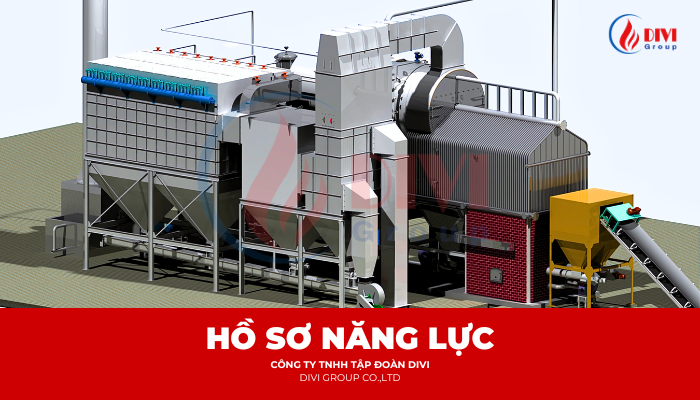Principles of operation and applications of biomass-fired thermal oil boiler
In the vanguard of renewable heating solutions, the Biomass-fired Thermal Oil Boiler designed by DIVI Group, a distinguished entity within the DIVI Group, epitomizes an advanced approach to sustainable thermal energy. This document elucidates the design features, operation, fuel versatility, and the environmental and economic advantages associated with this innovative boiler system.
Fuel Versatility
The versatility of the Biomass-fired Thermal Oil Boiler is one of its core strengths, capable of efficiently utilizing a wide array of biomass materials, including:
- Rice husks
- Chopped firewood
- Sawdust
- Cashew residues
- Coffee husks
- Waste veneer
- Phloem
Furthermore, this system accommodates the use of coal, particularly varieties imported from Indonesia, offering flexibility in fuel selection based on economic and logistical considerations.
Operational Overview
1. Initial Fuel Processing
Operation commences with loading fuel into a conveyor hopper, positioned strategically within the fuel storage area. From there, fuel is transported via a conveyor belt to the feed throat, which channels it directly into the furnace. A specialized fan system ensures the fuel is evenly distributed over the furnace grate for optimal combustion.
2. Combustion and Heat Exchange
In the furnace, continuous combustion is achieved through meticulous management of oxygen and temperature. The generated heat is absorbed by oil circulating within double helical tubes, with radiant heat exchange being the predominant method of heat transfer. The ascending hot smoke then passes through a gap between the spiral tubes, further heating the oil through convection.
3. Maximizing Heat Utilization
An air preheater is integrated into the system to reclaim residual heat from the smoke stream, preheating air to 120°C before its introduction into the furnace. This process enhances combustion efficiency and ensures complete utilization of the fuel. The system also incorporates mechanisms for recirculating unburnt fuel back into the furnace, thereby optimizing fuel efficiency.
4. Emissions and Ash Handling
Following heat exchange, the smoke stream is filtered through a dust multi-cyclone system, compliant with British standards, to capture ash particles. A subsequent water scrubber removes any remaining ash from the exhaust, facilitating a clean emission process that meets environmental standards.
The Main Oil System
Central to the boiler's operation is the expansion oil tank, which compensates for oil volume fluctuations due to temperature changes. This tank also acts as a reserve, ensuring a consistent supply of oil to the system. The circulating oil pump assembly propels the oil through the system, enabling efficient heat transfer to designated equipment.
Environmental and Economic Benefits
The Biomass-fired Thermal Oil Boiler by DIVI Group is not just a testament to engineering excellence but also a beacon of sustainability. By leveraging renewable biomass resources, this technology substantially mitigates environmental impact and offers a reduction in fuel and electricity costs by at least 30%, compared to traditional heating solutions.
Conclusion
DIVI Group's Biomass-fired Thermal Oil Boiler represents a significant leap forward in the integration of green energy technologies in industrial applications. It underscores the DIVI Group's dedication to innovation, environmental stewardship, and the promotion of sustainable energy solutions across Vietnam and beyond, paving the way for a greener, more cost-effective future.
Other document
-
Detailed floor plan of boiler product lines
11/04/2024, -
DIVI GROUP PROFILE
27/07/2021, -
STEAM PARAMETER LOOKUP SOFTWARE
22/09/2023, -
Understanding Industrial Boilers
05/10/2021, -
Principles of operation and applications of biomass-fired fluidized bed boiler
05/10/2021,

 EN
EN













